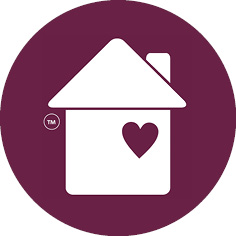A Moment of Reflection...
If you have completed this activity or one like it before:
- Were there people in your community that your centre was not reaching?
- Was there a trend in the community’s data that you weren’t aware of before looking at the census data?
Share your responses in the comments at the bottom of this page.
